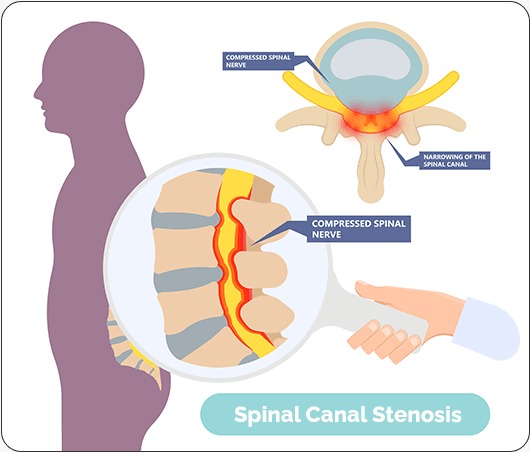Car Recovery vs. Roadside Assistance: Understanding the Key Differences
When your car breaks down on the road, you may find yourself needing immediate help. Two common services available to drivers are car recovery and roadside assistance. While they may seem similar, they serve different purposes. Understanding the key differences between best car recovery service and roadside assistance can help you make the right choice when faced with an emergency.
This article explores what each service entails, how they differ, and when you should choose one over the other.
What Is Car Recovery?
Car recovery is the process of transporting a vehicle from one location to another when it cannot be driven due to mechanical failure, an accident, or other serious issues. Recovery services typically use specialized vehicles like tow trucks, flatbeds, or breakdown lorries to move your car to a garage, repair shop, or another designated location.
Common Reasons for Car Recovery
- Major mechanical failures – If your engine, transmission, or other critical component fails, you may need recovery services to transport your vehicle.
- Accidents – If your car is damaged in a crash and is undrivable, recovery services will tow it to a repair shop or your home.
- Flat tires with no spare – If you have multiple flat tires or lack a spare, recovery services can move your vehicle.
- Battery failure in remote areas – If you are in a location where jump-start services are unavailable, car recovery may be necessary.
- Legal impoundment – Some situations require vehicles to be towed for legal reasons, such as parking violations or police orders.
Types of Car Recovery Services
- Local Recovery – Transporting a car within a small area, such as within a city or town.
- Long-Distance Recovery – Moving a vehicle over a significant distance, often to another city or country.
- Accident Recovery – Specialized recovery for vehicles that have been in accidents and require careful handling.
- Off-Road Recovery – Used when a vehicle is stuck in mud, snow, or other difficult terrain.
What Is Roadside Assistance?
Roadside assistance provides on-the-spot minor repairs and support to help drivers get back on the road without needing a tow. Unlike vehicle recovery, roadside assistance focuses on fixing minor problems at the breakdown location.
Common Roadside Assistance Services
- Jump-starting a dead battery – If your car won’t start due to a dead battery, a technician can jump-start it.
- Flat tire change – If you have a flat tire, roadside assistance can replace it with your spare.
- Emergency fuel delivery – If you run out of fuel, a small amount of fuel can be delivered to help you reach a gas station.
- Lockout assistance – If you are locked out of your car, a technician can unlock it without damaging the vehicle.
- Minor mechanical repairs – Small fixes such as replacing a fuse, fixing a loose belt, or patching a minor leak.
Types of Roadside Assistance Plans
- Basic Coverage – Covers services like jump-starts, lockouts, and fuel delivery.
- Comprehensive Coverage – Includes additional benefits like towing up to a specific distance, trip interruption insurance, and emergency lodging.
- Specialized Coverage – Some plans cater to specific needs, such as RVs, motorcycles, or commercial vehicles.
Key Differences Between Car Recovery and Roadside Assistance
| Feature | Car Recovery | Roadside Assistance |
| Purpose | Transports a vehicle that cannot be driven | Provides minor repairs to get the vehicle running again |
| Response Time | May take longer, as it requires a tow truck | Usually faster, as it involves quick fixes |
| Types of Problems Covered | Major breakdowns, accidents, off-road recovery | Minor issues like dead batteries, flat tires, or lockouts |
| Equipment Used | Tow trucks, flatbeds, or breakdown lorries | Basic repair tools, jumper cables, tire-changing kits |
| Cost | Usually more expensive due to vehicle transport | Generally more affordable, depending on the plan |
| Availability | May require scheduling in advance | Often available 24/7 with quick response times |
When Should You Choose Car Recovery?
You should opt for car recovery in the following situations:
- Your vehicle is undrivable – If your car has suffered major mechanical failure, an accident, or engine trouble, it needs to be transported.
- You are stranded in a remote location – If you are far from repair services and roadside assistance cannot fix the issue, recovery is your best option.
- Your car requires extensive repairs – If the issue cannot be fixed on-site, car recovery will transport your vehicle to a garage.
- You have a specialty vehicle – If you own a luxury, classic, or heavy-duty vehicle that requires specialized transport, car recovery ensures safe handling.
When Should You Choose Roadside Assistance?
Roadside assistance is best for the following situations:
- Your car has a minor issue – If your vehicle can be fixed quickly with a jump-start, tire change, or emergency fuel, roadside assistance is ideal.
- You need immediate help – Roadside assistance services usually have faster response times than recovery services.
- You want a cost-effective solution – If the issue can be resolved without a tow, roadside assistance is the cheaper option.
- You have an active roadside assistance membership – Many insurance companies and auto clubs offer roadside assistance as part of their plans, making it a convenient choice.
Cost Comparison
The cost of car recovery and roadside assistance varies depending on the provider, location, and level of service.
- Car Recovery Costs
- Local recovery: $50 – $150
- Long-distance recovery: $200 – $500+
- Accident recovery: $150 – $400
- Roadside Assistance Costs
- One-time service call: $50 – $100
- Annual membership plans: $50 – $200
Many auto insurance companies, credit card companies, and vehicle manufacturers offer roadside assistance as part of their service packages, often at a lower cost than independent providers.
Conclusion
Both car recovery and roadside assistance play crucial roles in helping drivers during emergencies, but they serve different purposes. Car recovery is necessary when your vehicle is undrivable and requires transportation, while roadside assistance focuses on minor repairs to get you back on the road.
Understanding these key differences can help you make the right decision when faced with a breakdown, saving you time, money, and stress. Before an emergency occurs, consider signing up for a roadside assistance plan and knowing your options for car recovery services in your area.













